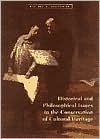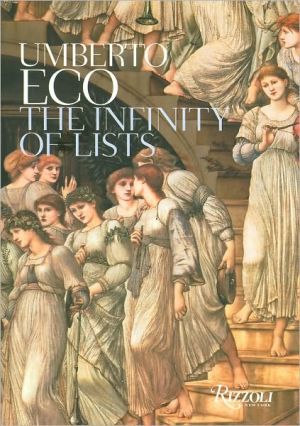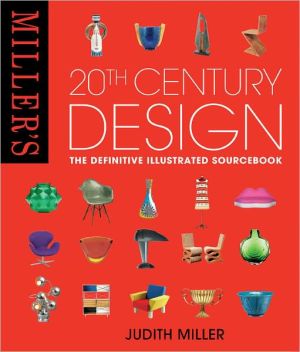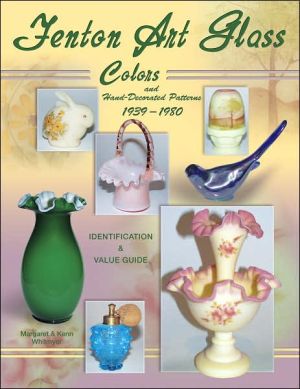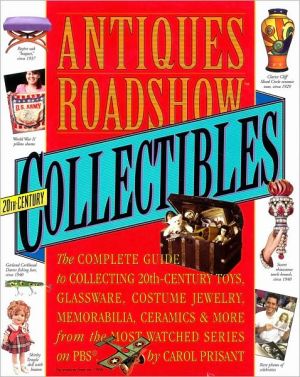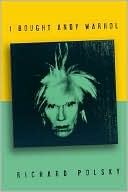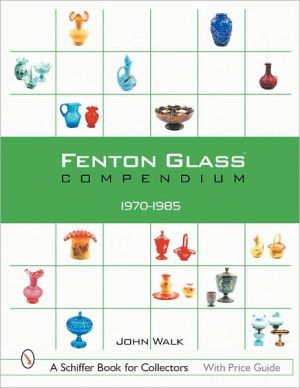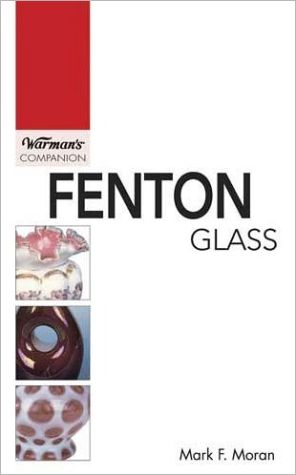Historical and Philosophical Issues in the Conservation of Cultural Heritage
This is the first comprehensive collection of texts on the conservation of art and architecture to be published in the English language. Designed for students of art history as well as conservation, the book consists of forty-five texts, some never before translated into English and many originally published only in obscure or foreign journals. The thirty major art historians and scholars represented raise questions such as when to restore, what to preserve, and how to maintain aesthetic...
Search in google:
This is the first comprehensive collection of texts on the conservation of art and architecture to be published in the English language. Designed for students of art history as well as conservation, the book consists of forty-five texts, some never before translated into English and many originally published only in obscure or foreign journals. The thirty major art historians and scholars represented raise questions such as when to restore, what to preserve, and how to maintain aesthetic character. Readings come from the work of such writers as Ruskin, Berenson, Clive Bell, Cesare Brandi, Kenneth Clark, Erwin Panofsky, E.H. Gombrich, Marie Cl. Berducou, and Paul Philippot. The fully illustrated book also contains references, a glossary of terms, and an index.Library JournalBefore compiling these 46 diverse articles, the Getty Conservation team considered more than 300 documents. The result is a scholarly collection that attempts to show the relationship of art history to art conservation. The readings, many of which might not be readily found in common sources, are invaluable not only to studentsthe group targeted by the editorsbut also to art historians, archaeologists, and conservators already engaged in the trade. The opening essays on art appreciationwritten by notables such as Clive Bell and Kenneth Clarkhave been included to show the relationship between connoisseurship and the need to preserve the past. Subsequent readings discuss past restoration practices and analyze procedures used today, and the texts can be difficult. Still, this is essential for art and academic libraries.Margarete Gross, Chicago P.L.
ForewordPrefaceNote to the ReaderPt. IThe Eye's Caress: Looking, Appreciation, and Connoisseurship11The Lamp of Memory, I422Aesthetics and History in the Visual Arts443Art474Looking at Pictures565The History of Art as a Humanistic Discipline606The Modern Cult of Monuments: Its Essence and Its Development697Principles of Art History848Italian Painters of the Renaissance1009Conversations with Berenson10610Fundamental Laws of Sculpture10811From Light into Paint11012Of Turnerian Mystery: Secondly, Willful12913Rudiments of Connoisseurship13114On Art and Connoisseurship13915Connoisseurship15416The Nature of Gothic158Pt. IIThe Original Intent of the Artist16117Art in Transition17618Crimes against the Cubists18519The Autonomy of Restoration: Ethical Considerations in Relation to Artistic Concepts193Pt. IIIThe Emergence of Modern Conservation Theory20120That Mighty Sculptor, Time21221Restoration from the Perspective of the Humanities21622Theory of Restoration, I23023The Integration of the Image: Problems in the Restoration of Monuments23624Knowing How to "Question" the Object before Restoring It24425Introduction to Archaeological Conservation248Pt. IVHistorical Perspective26126Historic Preservation: Philosophy, Criteria, Guidelines, I26827Degradation, Conservation, and Restoration of Works of Art: Historical Overview27528Further Materials for a History of Conservation28129The Surgery of Memory: Ancient Sculpture and Historical Restorations288Pt. VRestoration and Anti-Restoration30730Restoration31431Manifesto of the Society for the Protection of Ancient Buildings31932The Lamp of Memory, II322Pt. VIReintegration of Losses32533On Restorations33234The Problem of the Integration of Lacunae in the Restoration of Paintings33535Theory of Restoration, II33936Problems of Presentation34337Theory of Restoration and Methodological Unity35538Historic Preservation: Philosophy Criteria, Guidelines, II358Pt. VIIThe Idea of Patina36539The Idea of Patina and the Cleaning of Paintings37240Theory of Restoration, III37741The Cleaning of Pictures in Relation to Patina, Varnish, and Glazes38042A Review of the History and Practice of Patination39443The Surface of Objects and Museum Style415Pt. VIIIThe Role of Science and Technology42344Scientific Research and the Restoration of Paintings43245The Scientist's Role in Historic Preservation with Particular Reference to Stone Conservation43946The Science and Art of Conservation of Cultural Property445Annotated Bibliography451About the Authors472Illustration Credits483Index486
\ Library JournalBefore compiling these 46 diverse articles, the Getty Conservation team considered more than 300 documents. The result is a scholarly collection that attempts to show the relationship of art history to art conservation. The readings, many of which might not be readily found in common sources, are invaluable not only to studentsthe group targeted by the editorsbut also to art historians, archaeologists, and conservators already engaged in the trade. The opening essays on art appreciationwritten by notables such as Clive Bell and Kenneth Clarkhave been included to show the relationship between connoisseurship and the need to preserve the past. Subsequent readings discuss past restoration practices and analyze procedures used today, and the texts can be difficult. Still, this is essential for art and academic libraries.Margarete Gross, Chicago P.L.\ \
